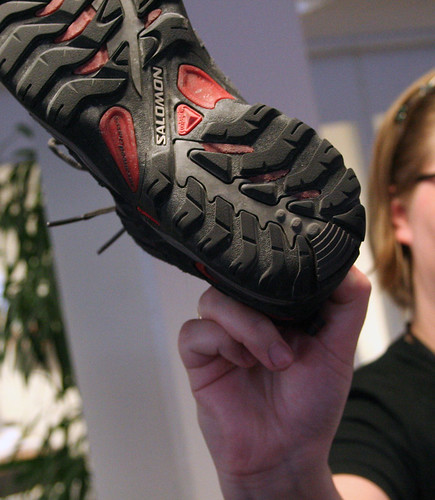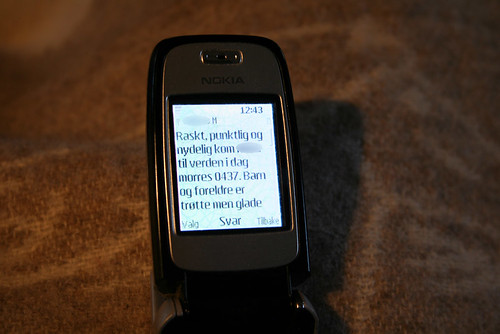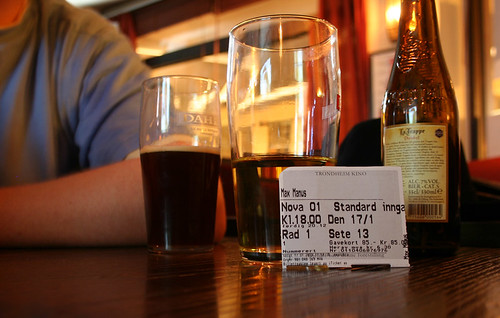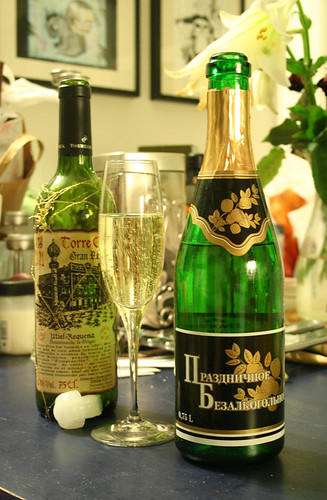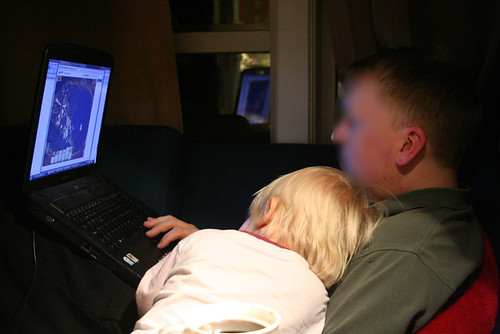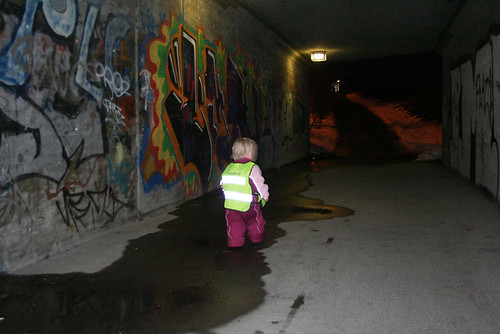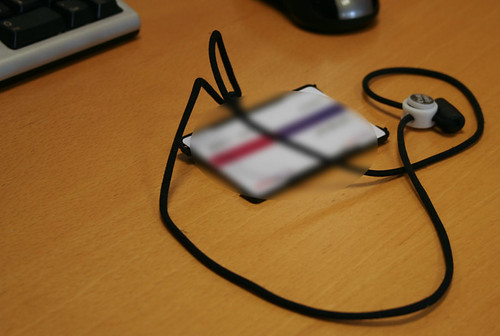There has been a Panorama programme about sexual bullying (or, rather, sexual harassment) in schools, involving shockingly young children as the perpetrators. Several of the blogs I read have commented or linked, and you can read more here and here, to start with.
I think I’ll refrain from commenting much, at least for the time being (in fact the subject is almost too depressing for words, though that’s hardly constructive), but Naomi’s comment on Abby’s post highlights a related issue that’s increasingly relevant to me in my daily parenting, and which really annoys me no end. To quote:
In cartoons, an animated animal is male by default. A male sheep, say, will look roughly like a sheep, but with whatever human charateristics their particular character has. A male animated dog reading a newpaper and listening to the radio is simply a dog reading a newpaper and listening to the radio.
Female animated characters, on the other hand, have bigger eyes, longer eye-lashes, an hour-glass figure, a wiggly walk and so on, not to mention make-up (which those cartoons in which their male counterparts do not even wear clothes).
These female characters are often brought in to an otherwise all-male (i.e. all just pigs and rabbits and things) cast when the storyline requires one of the characters to fall in love, or to be almost distracted away from some world-saving task by the batting of those log eyelashes …
This puts across the following messages, and more, to children:
1. Male is the default; female is exceptional.
2. ‘Feminine’ appearance is universal and natural for females of any species.
3. The anatomical differences between males and females of any species are much, much greater than they really are.
4. The role of the female is sexual, and is defined in relation to the male.
5. The male is the agent, the female is the object of his attention.
And so on.
And it’s not only cartoons. A while back someone asked the participants at Tett inntil for tips on which boxes to look for to find “female Lego Duplo figurines”, excluding the rather tacky princess series. As a responsible parent, she wanted female role models for her daughters, police women or firewomen and similar. My question was: Well, how can you tell that they are not female? Most Duplo figurines are “degenderised”, they have eyes, nose and mouth, as do, to my knowledge, both men and women. Only the princesses have skirts. A few have beards, they can be assumed to be men (though I have heard of bearded ladies).
This feeds directly into the argument Naomi is presenting: “Male is the default; female is exceptional.” Because, of course, there ARE female Duplo figurines – apart from the princesses. We have one from the Zoo set at home, she has longer eyelashes and a ponytail, and a more, well, made up look in general (defined lips and so on). However, most female zoo-keepers I’ve seen don’t look like that. Granted, some of them have long hair, and would naturally wear it up while at work to prevent it from getting in the way, but then, so do quite a few male keepers… And would you really put on make-up to go clean out the elephants’ cage? So why do we assume – because of course we do – that the un made-up Duplo zoo-keeper with the sensible haircut is male?
